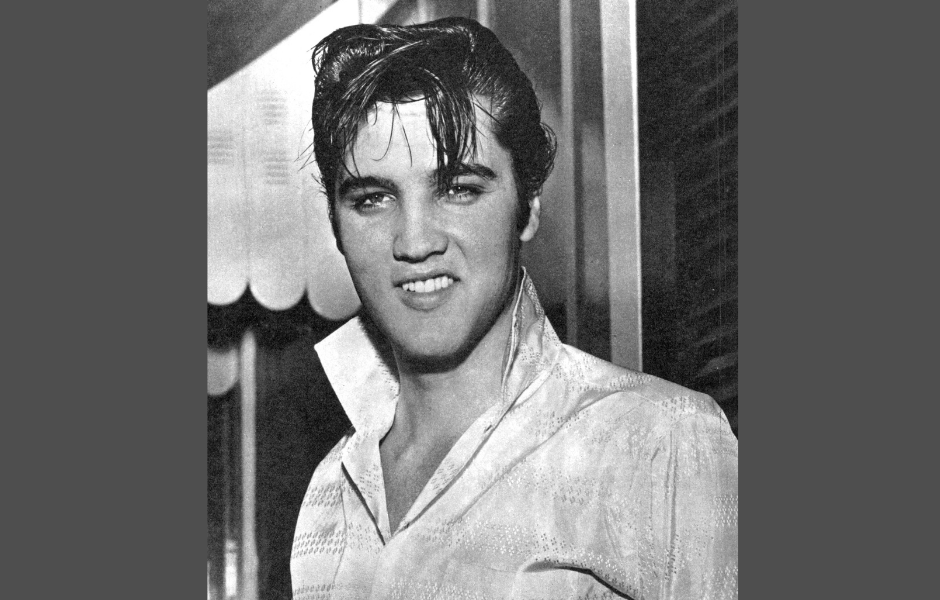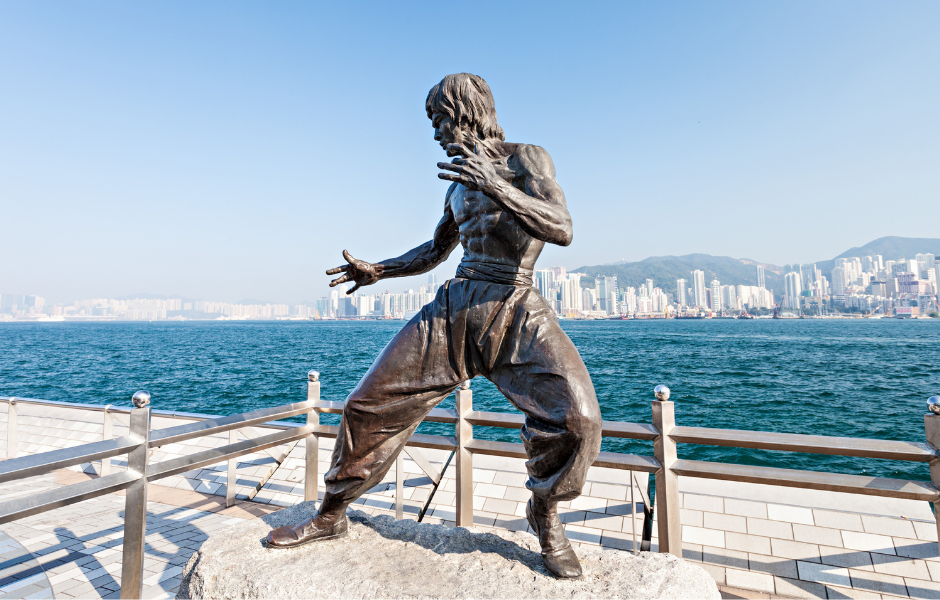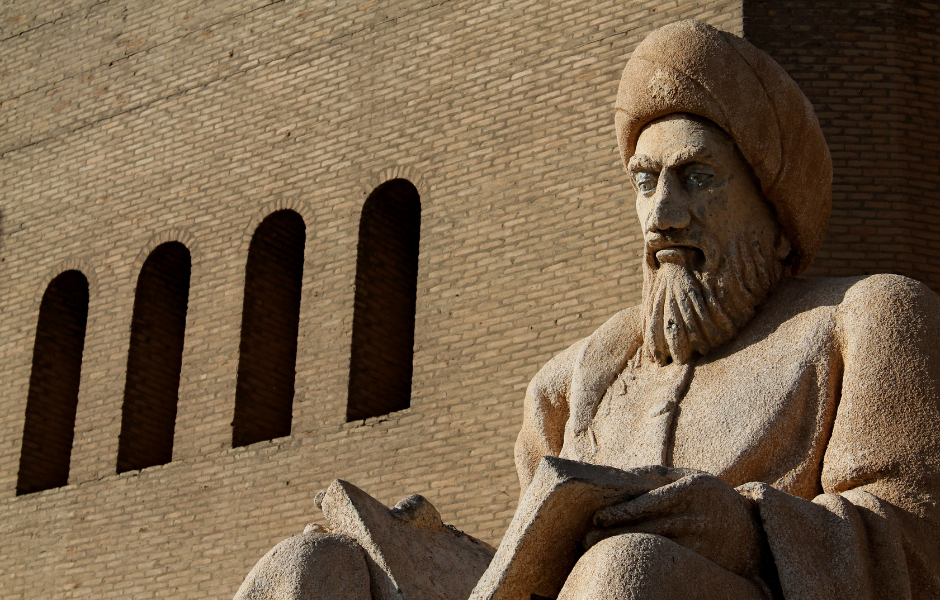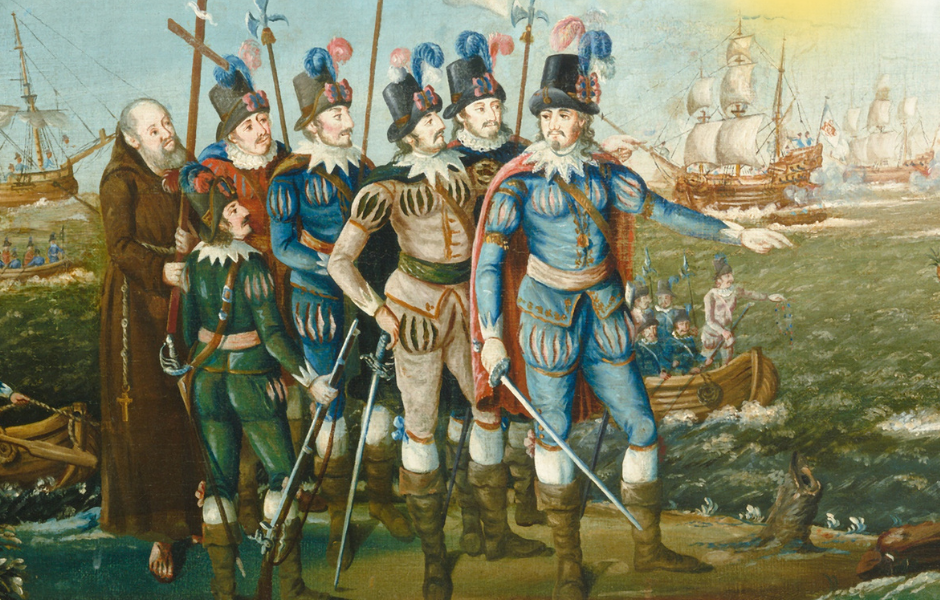
This children’s article, Christopher Columbus: The man who sailed into the unknown, has been written for native English speakers and learners of English as a second or foreign language. It can help children build vocabulary, learn about history, and explore the life of one of the world’s most famous explorers. Written by Mark Pulley, a teacher and writer who creates fun and informative news articles for English learners.
Who was Christopher Columbus?
Christopher Columbus was born in 1451 in the city of Genoa, in what is now Italy. As a boy, he learned about the sea from sailors and traders who worked along the busy Mediterranean coast. He was curious, adventurous, and loved maps and stories of faraway lands.
By his teenage years, Columbus was already sailing on ships. He believed strongly that the world was round, not flat, and thought that he could reach Asia faster by sailing west across the Atlantic Ocean.
Becoming an explorer
In his twenties, Columbus travelled widely by sea, visiting ports in Africa and Europe. He dreamed of leading a great voyage to discover a new route to Asia. At first, many rulers refused to support him, but in 1492, the king and queen of Spain, Ferdinand and Isabella, agreed to give him ships, money, and sailors.
With their help, Columbus prepared for the journey that would make him famous. He set off with three ships called the Niña, the Pinta, and the Santa María.
The famous voyage
In August 1492, Columbus and his crew sailed west into the unknown Atlantic Ocean. After weeks at sea, on 12 October 1492, they sighted land. Columbus had reached islands in the Caribbean, now known as the Bahamas. He thought he had found a shortcut to Asia, but in fact, he had arrived in a “New World” unknown to Europeans.
During this first voyage, Columbus explored several islands, including parts of Cuba and Hispaniola. He returned to Spain as a hero and led three more voyages across the Atlantic. Although he never set foot on the mainland of North America, his journeys opened the way for European exploration and colonisation of the Americas.
Later life and legacy
In his later years, Columbus faced difficulties. He lost much of his power and wealth, and some people criticised how he treated the native peoples he met. He died in 1506, still believing he had reached Asia.
Today, Columbus is remembered as a bold explorer who changed history by connecting Europe and the Americas. But he is also seen as a controversial figure because European colonisation brought great suffering to indigenous peoples. His legacy is a mix of adventure, discovery, and serious debate.
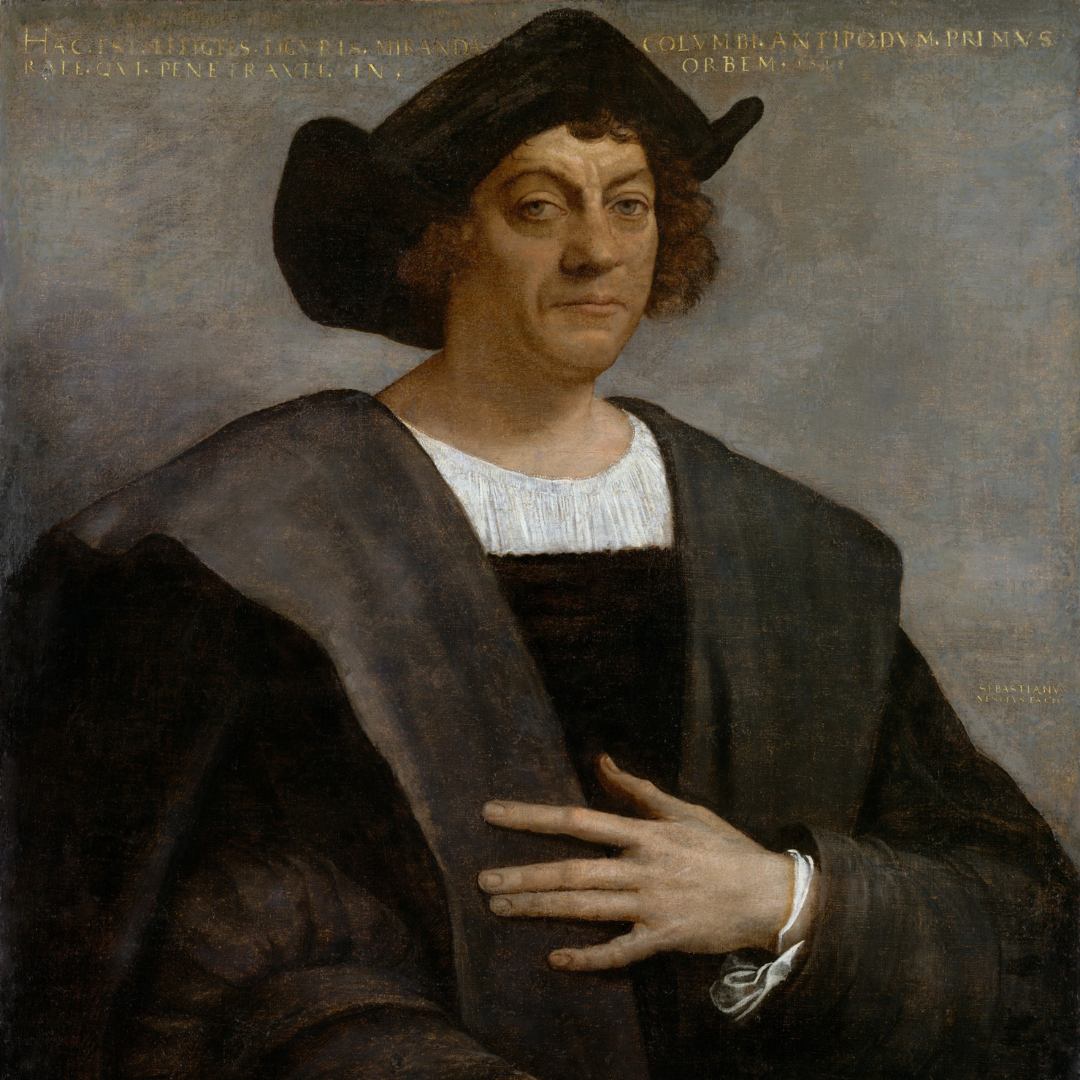
Article vocabulary list
- Voyage: A long journey, usually by sea.
- Crew: The group of people who work on a ship.
- Caribbean: A region of islands between North and South America.
- Colonisation: When one country takes control of another land and its people.
- Controversial: Something that causes strong opinions or arguments.
- Legacy: What someone leaves behind after their life, including their impact on history.
- Indigenous: The first or original people living in a land.
- Shortcut: A quicker or easier way to get somewhere.
Comprehension questions
Just click the plus (+) to see the answer
1. Where was Christopher Columbus born?
A) Madrid
B) Genoa
C) Paris
Answer: B) Genoa, Italy
2. What did Columbus believe about the world?
A) That it was flat
B) That it was round
C) That it was square
Answer: B) That it was round
3. Who gave Columbus ships and money for his voyage?
A) The king of Portugal
B) The pope
C) The king and queen of Spain
Answer: C) The king and queen of Spain
4. Where did Columbus first land in 1492?
A) North America
B) The Bahamas
C) India
Answer: B) The Bahamas
5. Why is Columbus a controversial figure today?
A) Because he was not really an explorer
B) Because of how he treated indigenous people
C) Because he never travelled by ship
Answer: B) Because of how he treated indigenous people
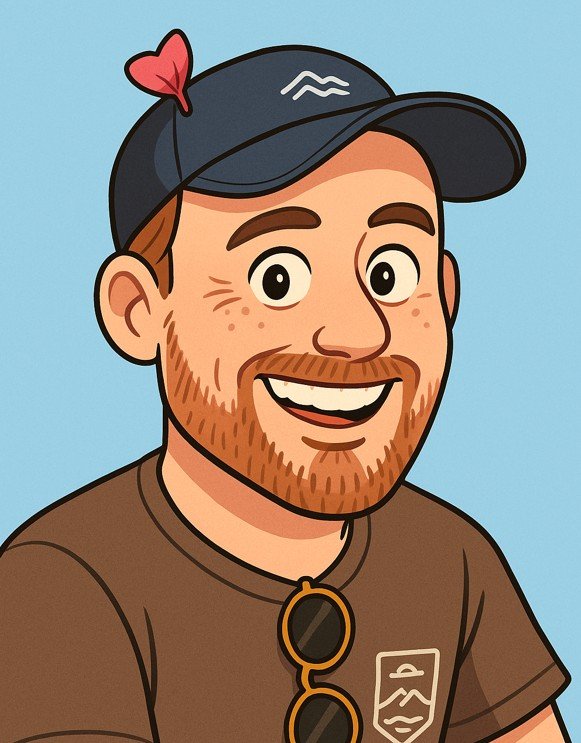
Mark is a writer and EFL teacher from England with eight years’ experience. He’s passionate about travel, sport (especially football), animals, nature, and history, and enjoys helping children explore the world through language and learning.

